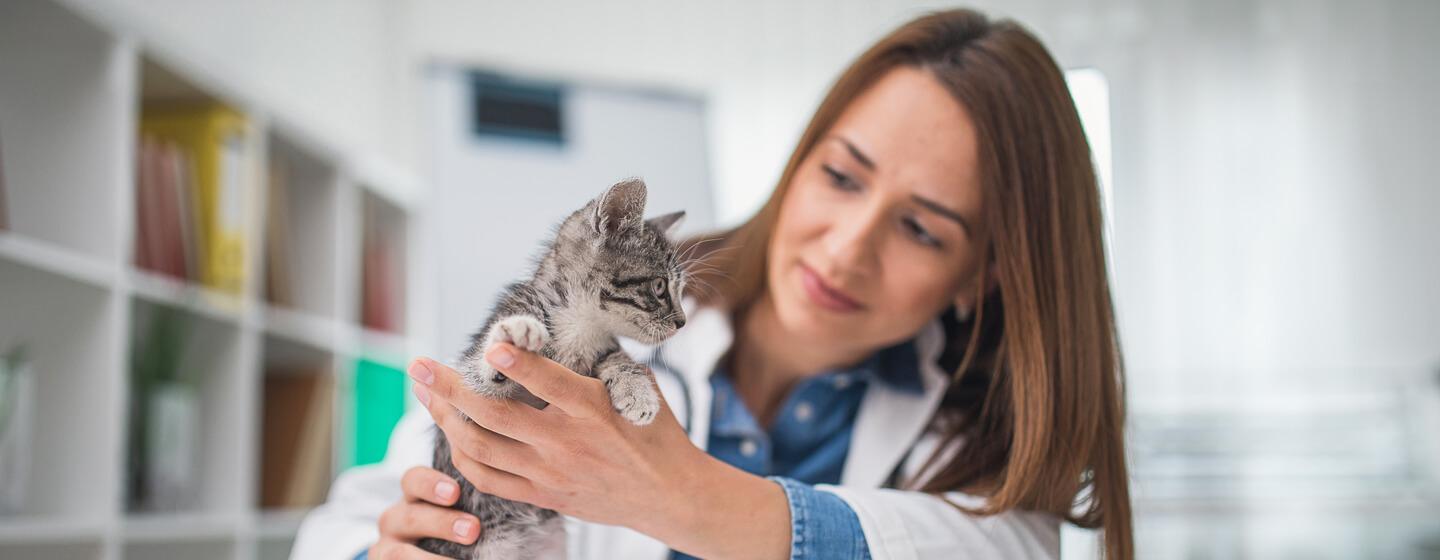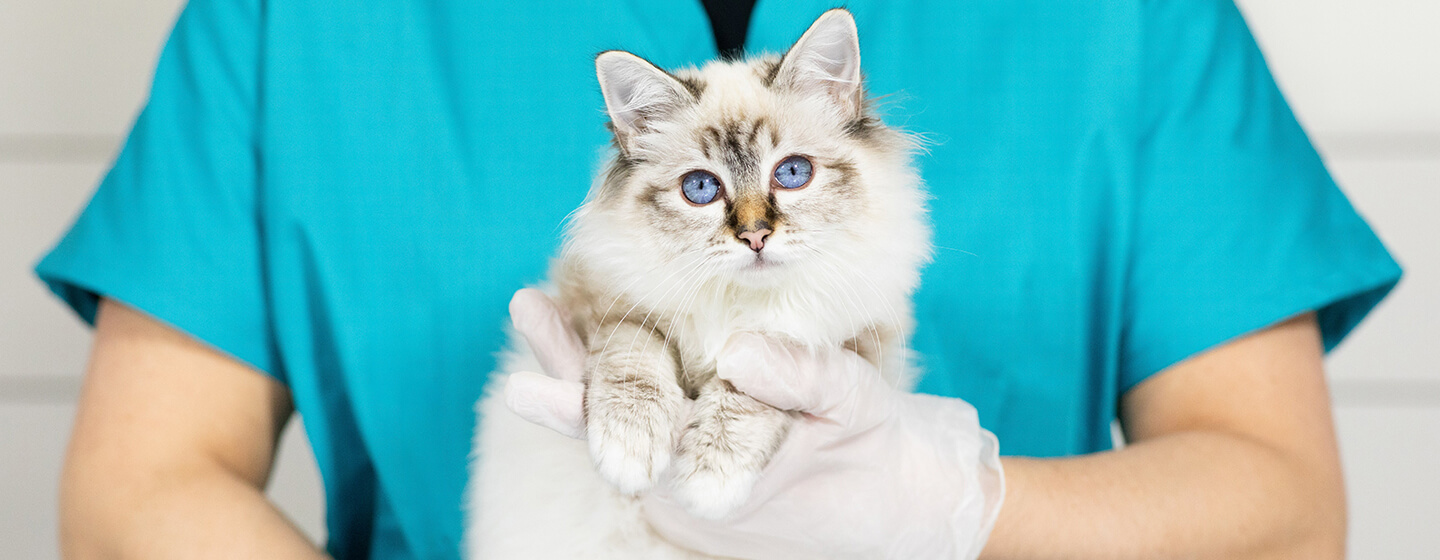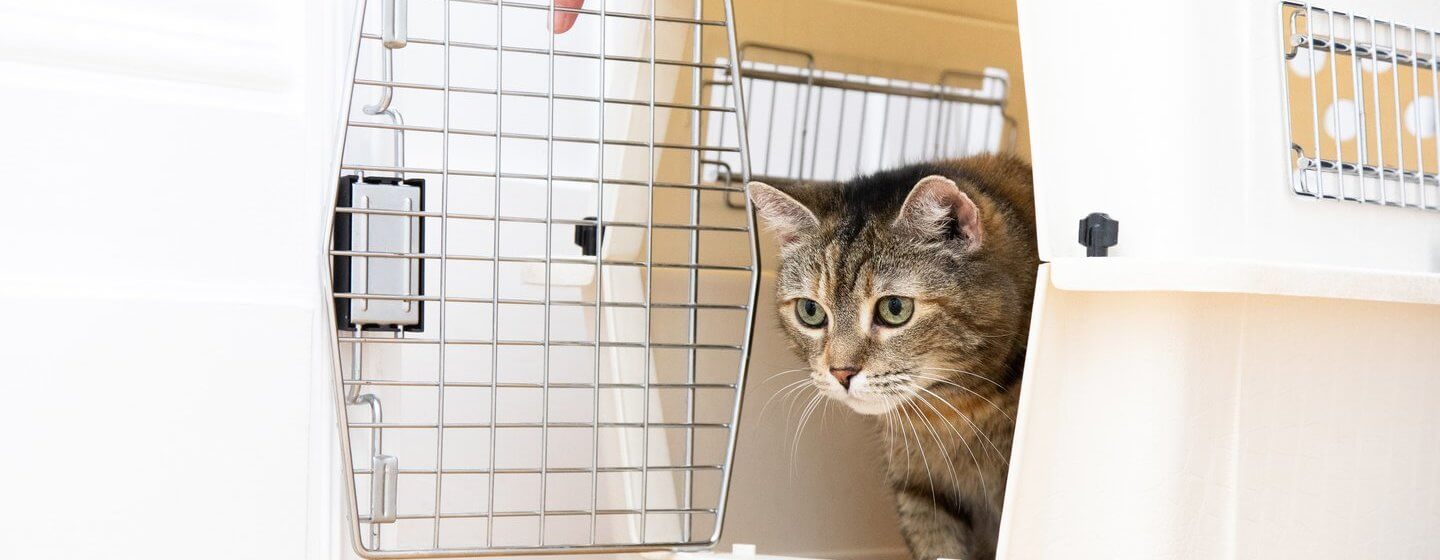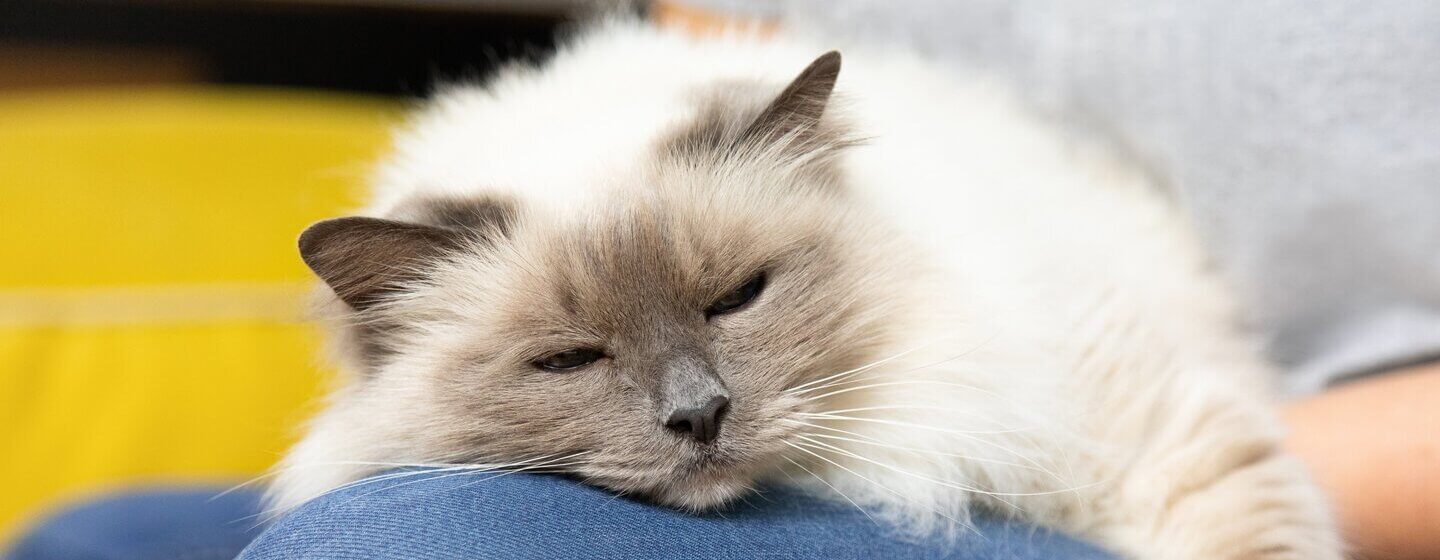Kittens may refuse to eat for several reasons that are not always related to the food itself. Common factors include the type and cleanliness of the food bowl, its location, and the presence of stress from adapting to a new environment. Whisker fatigue can occur if the bowl is too narrow, while an unwashed bowl might deter them as well. Kittens may also experience a lack of appetite due to teething pain or underlying health issues, necessitating a vet check if this continues. Additionally, when changing their diet, it’s important to introduce new food gradually to prevent rejection. Parents should consider warming food to make it more appealing and create a quiet, secure space for mealtime.

Why Is My New Kitten Not Eating?
Kittens are sensitive creatures with a fussy side they often like to show off at dinner time. So if you’re wondering why is my kitten not eating, here are the most common explanations.
You’ve got everything set up and ready for the new arrival. The best kitten food sat waiting in the cupboard next to delicious kitten treats – the perfect training rewards. No doubt you can’t wait to see your little cat feasting on the glorious meal. Yet sometimes what you’ll see instead is the new kitten not eating and woefully ignoring the bowl of food in front of them.
When kittens turn their nose up at their food, we immediately think something must be wrong with the meal itself. Maybe it’s too hot, too cold, too wet, not wet enough, not the right variety of fish, or the wrong flavour, colour and smell. But in fact, there can be many reasons why a fussy eater will refuse the meal in front of them. It doesn’t always mean they’re disappointed with your taste in kitten food! Here are some common explanations for a kitten not eating.
Why is my kitten not eating?
Type of bowl
Kittens don’t like their whiskers touching the sides of the bowl every time they dip in to eat. Although the syndrome “whiskers fatigue” is still being studied, there is one thing we know for sure – whiskers are extremely sensitive antennas that help kittens extract useful information from their environment. Activating them several times during their meal could in theory put them off their food. This is why it’s recommended to choose food bowls that are wide and shallow, to keep those precious whiskers from touching the dish.
Location
Where you put their food bowl can be just as important as what you put in it. If you’re seeing your new kitten not eating, consider the location of the bowl. Make sure it’s away from the litter box and in an area where the footfall is at minimum, so they can eat without being disturbed.
If there are other pets in the house, remember that the hunting instinct still alive in your kitten makes them prefer a solitary dinner. Place your pets’ food bowls well apart and see if your kitten will consider giving the food another chance.
Cleanliness
A kitten not eating their meal might also be related to a dish that has not been properly washed. Make sure you use detergent and rinse well with water to clean up the kitten’s food bowl after every meal. You can also go for ceramic bowls as these don’t hold on to the food’s smell as plastic ones do.
Stress
A new home is a big deal for the kitten. It’s normal for your cat to feel a bit unsettled while they get used to the new surroundings and this can be reflected in a lack of appetite. A good idea is to ask the shelter or breeder for an object or a blanket they are familiar with.
The transition to the new life will be made easier if they have something that reminds them of the old home while adjusting to living in the new one. As always, give your kitten time to settle in and don’t hesitate to ask a vet for help if they refuse to eat or eat very little food. A plug-in pheromone diffuser such as Feliway can also be helpful to settle your new kitten into the family home.
Tooth ache
The new kitten not eating can also be down to painful teeth or gums. Kittens can have teething pain just like babies. Sore gums are uncomfortable enough to keep your pet away from the food bowl. Contact the vet for a check-up to rule out this possibility.
Illness
Kittens often refuse to eat when they’re not feeling well. Unfortunately, there is a long list of possible health conditions that can stop them from dipping into their food bowl as they should. Anything from a clogged nose to intestinal parasites, constipation or an upset tummy can contribute to your kitten not eating. This is why it’s very important to ask for professional help if your kitten is not eating. The vet will be able to distinguish between a nervous eater and a kitten in need of medical attention.
Introduce the new food slowly
The food you feed your kitten may not be the same as they are used to having. Always ask the breeder/shelter what food the kitten is having currently. If you wish to change this food, it should be done slowly and gradually over a period of about 7-10 days. Initially place a small amount of the new food into a bowl next to a bowl of the original food. Gradually increase the amount of the new food & decrease the amount of the original food so that your kitten transitions to the new food gradually.
What to do when the new kitten is not eating?
Here are a few things that might help a little kitten with their lack of appetite:
- Try different kitten food flavours and textures.
- Warm the food to body temperature to make it more enticing for the kitten – this is especially important if the food has been kept in the fridge.
- Change the food bowl and make sure it’s wide, shallow, and if possible, ceramic or glass.
- Thoroughly clean the kitten dish with soap and water.
- Change the location of the food bowl to a quiet area.
- Keep children and pets away from the kitten at dinner time.
- Cats tend to graze feed, little and often, so leaving a little dry food down in the day is a good idea, so they can nibble when they feel like it.
- Make sure your kitten is not suffering from an illness. Contact the vet for a check-up and advice on how to get the new kitten eating again.


